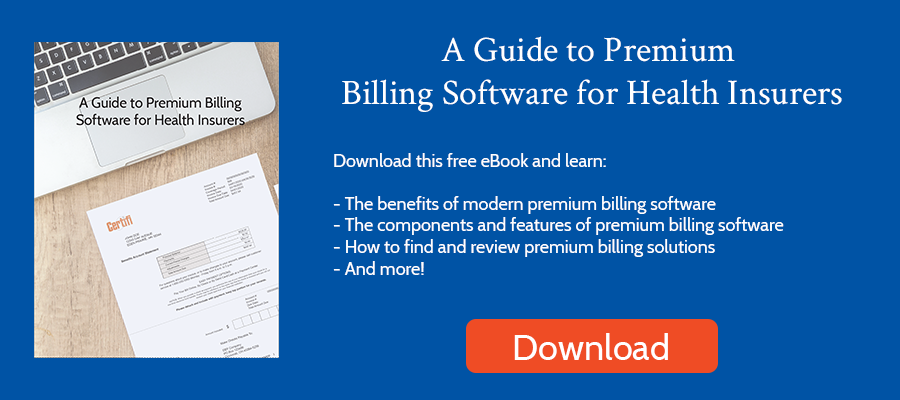Last week we examined the New Mexico Medicaid buy-in legislation that sanctioned the study of a new Medicaid buy-in for state residents.
Minnesota passed similar legislation this session, SF 2995, which authorizes the Commissioner of Health to contract with independent entities to analyze the benefits and costs of a universal healthcare financing solution. It also directs the Commissioner of Human Services to contract with actuarial firms to perform an actuarial or economic analysis of a public option model based on the MinnesotaCare program.
Here’s a look at the MinnesotaCare buy-in public option:
What is MinnesotaCare?
MinnesotaCare is the state’s Basic Health Program available to individuals and families with incomes up to 200% of the Federal Poverty Level. It provides affordable health insurance coverage to low-income individuals and families ineligible for other public healthcare programs like Medicaid. MinnesotaCare offers comprehensive benefits, including doctor visits, hospital care, prescription drugs, preventive services, and more. A combination of state funds, federal matching funds, and enrollee premiums fund the program.
What will the analyses authorized by SF 2995 examine?
SF 2995 authorizes two reviews of potential health programs in the state:
-
- An analysis of the benefits and costs of a universal healthcare system. This third-party analysis will compare a statewide universal healthcare financing system – proposed in SF 2740 and HF 2798 – to the existing health insurance financing system over ten years. Among the specific items included in the analysis:
- Expected uninsurance rates
- Coverage adequacy for key care elements like dental services, long-term care, medical equipment or supplies, vision and hearing, and other health services.
- Underinsurance, including whether those with coverage can afford their care
- System capacity, including the timeliness of care received
- Spending, including potential changes in the cost of insurance; price changes; the impact of prevention and early intervention; shortages or excess capacity of medical facilities; the impact on federal, state, and local government expenditures not related to healthcare, like crime; potential job losses or gains within or without the healthcare system; the impact on health care access and outcomes; and care coordination and case management.
- The Commissioner of Human Resources will lead a third-party analysis. That analysis will provide an actuarial and economic analysis of the MinnesotaCare buy-in proposal, to include:
- State impact: Pass-through funding the state may receive by implementing the MinnesotaCare buy-in public option and how it will affect the state budget, enrollment, the individual health insurance market, and insurance risk pools.
- Health and affordability: Will examine the affordability of MinnesotaCare premiums and cost-sharing, including the impact on racial and ethnic disparities in insurance rates and healthcare access.
- Section 1332 Waiver analysis: The analysis must include data enabling approval under a Section 1332 Waiver.
- An analysis of the benefits and costs of a universal healthcare system. This third-party analysis will compare a statewide universal healthcare financing system – proposed in SF 2740 and HF 2798 – to the existing health insurance financing system over ten years. Among the specific items included in the analysis:
Should a public option based on MinnesotaCare be enacted, who would be eligible?
Assuming the public option based on MinnesotaCare adheres closely to the House and Senate bills introduced in 2023’s legislative session, the buy-in would be open to all Minnesota residents. It would also create a small employer public option for businesses with less than 50 employees. Minnesota recently made MinnesotaCare available to undocumented residents, so a public option likely would include the undocumented.
How much would it cost to buy into MinnesotaCare?
It’s unclear, though the state would create a sliding premium scale based on income. An earlier House bill indicated that the scale would ensure that premiums do not exceed the applicable ACA benchmark plan. Those 20 years of age or younger would pay no premium. An FTI Consulting analysis estimated premiums to be 28% lower than existing premiums.
How would MinnesotaCare collect premiums?
Collecting premiums, especially potentially low-dollar premiums typical to programs like MinnesotaCare, can be costly. MinnesotaCare will likely turn to a health insurance premium billing solution like Certifi with experience collecting those low-dollar premiums.
What do state health insurers think about a MinnesotaCare Buy-in?
They likely strongly oppose this legislation as it introduces a lower-cost health plan. The Partnership for America’s Health Care Future, an alliance of provider, pharmaceutical, and health insurance lobbyists, commissioned FTI Consulting to evaluate the potential impact of a Minnesota public option. They found that the public option would only drop the state’s uninsured rate from 4.7% to 4.2%. At the same time, it would limit access to care. FTI’s analysis found that 1/3 of hospitals in rural areas could be operating at a higher risk due to the public option, with every hospital in the state experiencing reduced revenue. That revenue loss totals nearly $203 million annually.
What’s next?
The actuarial and economic analysis of the MinnesotaCare public option outlined above is due by Feb. 1, 2024. That analysis will include a public option recommendation and proposed legislation for that recommendation that would enable it to be implemented by Jan. 1, 2027.
Certifi helps states with Section 1115 Medicaid waivers or health insurance buy-in programs bill and collect payments thanks to a premium billing and collections module that is R3 certified for Medicaid.



